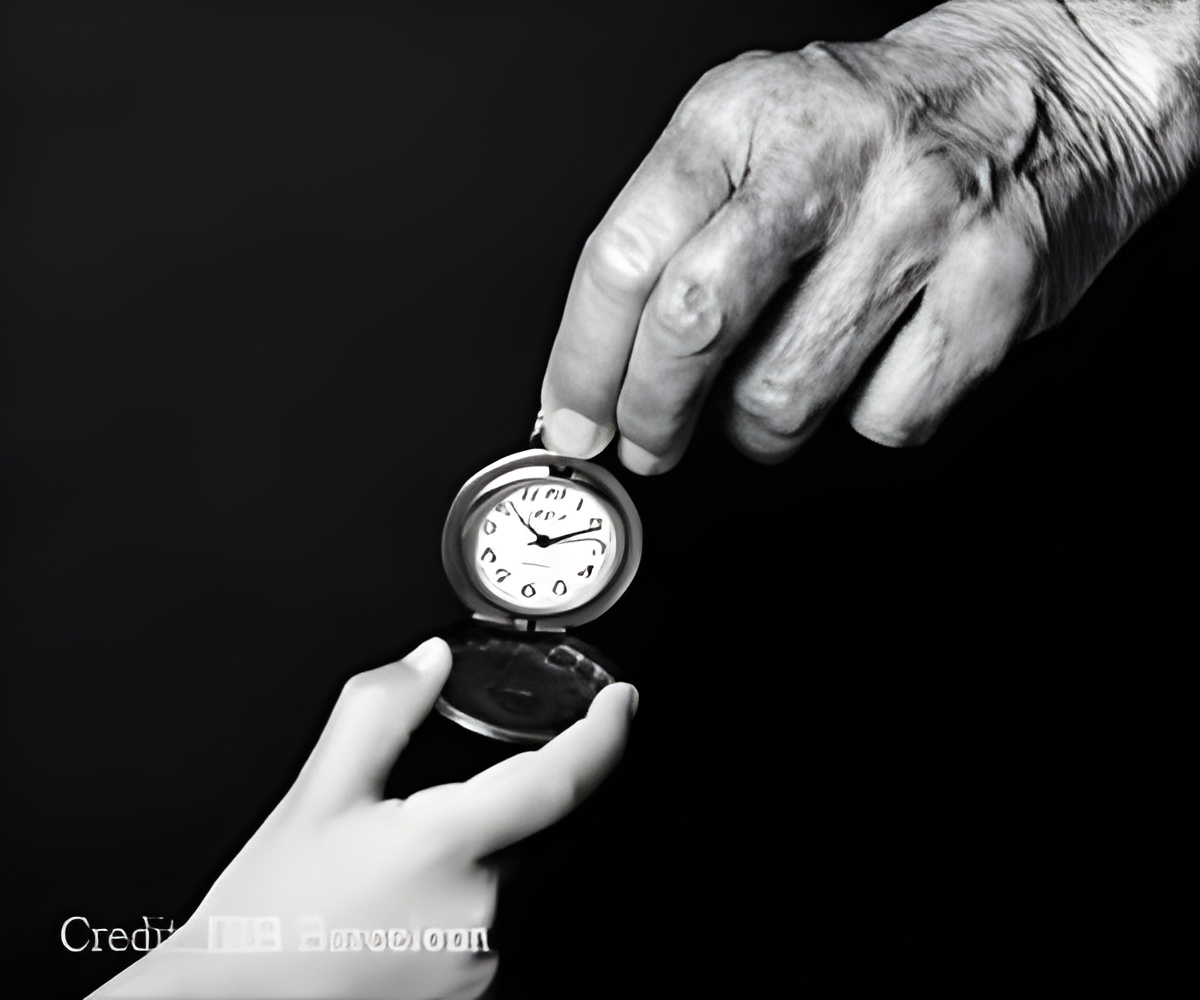Researchers develop a new clock that can accurately and precisely measure the biological age of organisms.

Biological age differs substantially for everyone. Aging clocks like Horvath's epigenetic clock have been based on the pattern of methylations until now. These patterns are small chemical groups that attach to DNA and change with age.
The BiT age clock takes the set of genes read from DNA to make proteins for the cell into account.
Earlier the transcriptome was considered too complex to indicate age as sometimes genes transcribe a large amount of mRNA and sometimes less. So it was impossible to develop precise aging clocks based on gene activity.
However, Meyer and Schumacher eliminate the differences in gene activity using a mathematical trick.
The BiT clock categorizes genes into two groups (on or off), thereby decreasing high variation and making aging predictable from the transcriptome.
Advertisement
BiT is based on around 1,000 different transcriptomes of C. elegans, with precisely known lifetimes. Model organisms like the nematode give a controllable view of the aging process, which allows discoveries of biomarkers as well as the effects of external influences (like UV radiation or nutrition on longevity).
Advertisement
Schumacher explained that BiT age could also predict human age quickly and accurately. “Measuring biological age is important to determine the influence of environment, diet, or therapies on the aging process and the development of age-related diseases. This clock could therefore find wide application in aging research. Since BiT age is based purely on gene activity, it can be applied to any organism,” he adds.
Source-Medindia









